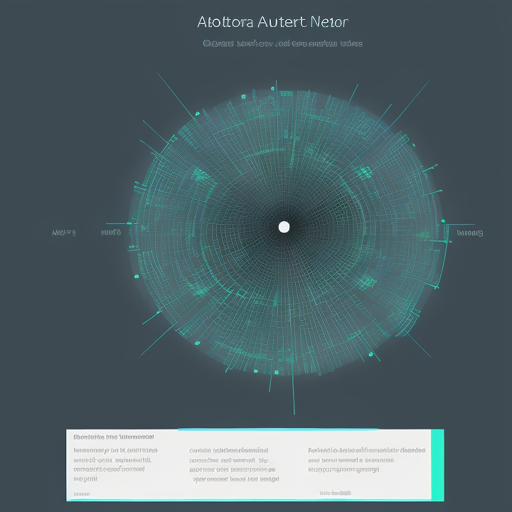In the world of data science and machine learning, detecting anomalies can be crucial for various applications, especially in vibration analysis. This article provides a step-by-step guide to set up and train an autoencoder model using Keras for anomaly detection. We will explore the fundamental concepts, provide a detailed description of training hyperparameters, and offer troubleshooting tips for common issues.
Understanding the Autoencoder
An autoencoder is a type of neural network used to learn efficient representations of data, typically for the purpose of dimensionality reduction or feature learning. Think of it as a sophisticated version of data compression—a bit like how a sponge absorbs water. The autoencoder takes in data (the water), compresses it (the sponge), and then attempts to reconstruct the original data from this compressed form.
Setting Up the Autoencoder for Anomaly Detection
The primary goal of using an autoencoder for anomaly detection is to identify patterns that deviate significantly from the norm. For vibration data, this could indicate equipment failure or other critical issues. Below are the essential steps involved in setting up your autoencoder:
- Install Keras: Ensure you have Keras set up in your Python environment.
- Import Required Libraries: You will need libraries such as TensorFlow, NumPy, and Matplotlib for model building and evaluation.
- Load Your Data: Load the training data that you want the model to analyze.
- Build the Autoencoder Model: Define the structure of your autoencoder with appropriate layers.
- Compile the Model: Use the Adam optimizer and set your loss function.
- Train the Model: Fit the model to your training data.
Training Hyperparameters
Understanding the training hyperparameters is crucial for tuning your model for the best performance. Here’s a breakdown of the hyperparameters used during the training of the autoencoder:
Hyperparameter Value
---------------------- --------------------
name Adam
weight_decay None
clipnorm None
global_clipnorm None
clipvalue None
use_ema False
ema_momentum 0.99
ema_overwrite_frequency None
jit_compile False
is_legacy_optimizer False
learning_rate 0.001
beta_1 0.9
beta_2 0.999
epsilon 1e-07
amsgrad False
training_precision float32These parameters play a vital role in the stability and performance of your autoencoder. For example, the learning rate of 0.001 ensures that your model isn’t learning too quickly or too slowly, helping it to converge optimally.
Model Evaluation and Performance Visualization
After training your model, it’s essential to evaluate its performance. You can visualize the reconstructed output versus the original input using Matplotlib, which allows you to see how well your model captures the underlying patterns in the data.
Troubleshooting Common Issues
If you encounter issues while setting up or training your autoencoder, consider the following troubleshooting tips:
- Model Convergence: If your model doesn’t converge, try adjusting the learning rate or increasing the number of training epochs.
- Overfitting: If the model performs well on training data but poorly on test data, consider adding regularization techniques.
- Error Messages: Double-check your imported libraries and make sure all dependencies are properly installed.
- For more insights, updates, or to collaborate on AI development projects, stay connected with fxis.ai.
Final Thoughts
At fxis.ai, we believe that such advancements are crucial for the future of AI, as they enable more comprehensive and effective solutions. Our team is continually exploring new methodologies to push the envelope in artificial intelligence, ensuring that our clients benefit from the latest technological innovations.
By following this guide, you should now have a solid understanding of how to set up and train an autoencoder model for anomaly detection using Keras. Remember, experimentation with different hyperparameters could lead to improved results in your specific application!

